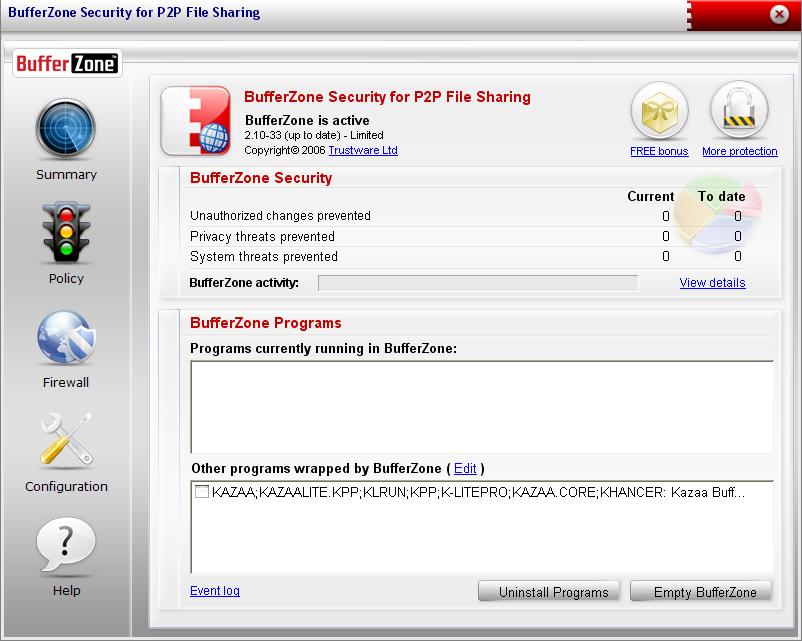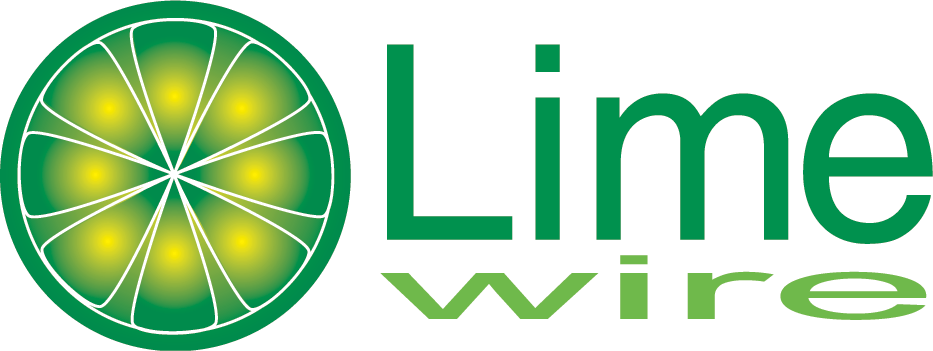
- #P2p file sharing software how to
- #P2p file sharing software update
- #P2p file sharing software software
So-called darknets, including networks like Freenet, are sometimes considered to be third-generation file-sharing networks. File-sharing networks are sometimes organized into three "generations" based on these different levels of decentralization. These two characteristics combined offer a level of decentralization that makes Bittorrent practically impossible to shut down.
#P2p file sharing software how to
Instead, users must rely on third-party websites like Isohunt or The Pirate Bay to find "torrent" files, which function like maps that tell the client how to find and download the files that the user actually wants. The second is that Bittorrent clients have no search functionality of their own.
#P2p file sharing software software
The first is that no individual, group, or company owns the protocol or the terms "Torrent" or "Bittorrent", meaning that anyone can write and distribute client software that works with the network. This cleared the way for the dominance of the Bittorrent protocol, which differs from its predecessors in two major ways. Limewire LLC was shut down in late 2010 or early 2011. StreamCast Networks, the publisher of Morpheus, shut down on April 22, 2008. Sharman Networks, the publisher of Kazaa, has been inactive since 2006. However, these networks still relied on specific, centrally distributed client programs, so they could be crippled by taking legal action against a sufficiently large number of publishers of the client programs. Their demise led to the rise of networks like Limewire, Kazaa, Morpheus, Gnutella, and Gnutella2, which are able to operate without any central servers, eliminated the central vulnerability by connecting users remotely to each other. These systems relied on the operation of the respective central servers, and thus were susceptible to centralized shutdown. Napster and eDonkey2000 both used a central server-based model. These services also allowed users to download files other than music, such as movies and games. Īfter Napster was shut down, the most popular peer-to-peer services were Gnutella and Kazaa. Because this process occurred on a central server, however, Napster was held liable for copyright infringement and shut down in July 2001. A limitation was that only music files could be shared. The files would be transferred directly between private computers (peers/nodes). When someone searched for a file, the server searched all available copies of that file and presented them to the user. The central index server indexed the users and their shared content. Peer-to-peer file sharing became popular with the introduction of Napster, a file sharing application and a set of central servers that linked people who had files with those who requested files.

These included increasing Internet bandwidth, the widespread digitization of physical media, and the increasing capabilities of residential personal computers.

Several factors contributed to the widespread adoption and facilitation of peer-to-peer file sharing. the mmorpg Skyforge ) use it as their content distribution network for downloading large amounts of data without incurring the dramatic costs for bandwidth inherent when providing just a single source.
#P2p file sharing software update
Microsoft uses it for Update distribution (Windows 10) and online playing games (e.g.

Peer-to-peer file sharing technology has evolved through several design stages from the early networks like Napster, which popularized the technology, to later models like the BitTorrent protocol. The nodes (peers) of such networks are end-user computers and distribution servers (not required). P2P file sharing allows users to access media files such as books, music, movies, and games using a P2P software program that searches for other connected computers on a P2P network to locate the desired content.

Peer-to-peer file sharing is the distribution and sharing of digital media using peer-to-peer (P2P) networking technology.


 0 kommentar(er)
0 kommentar(er)
